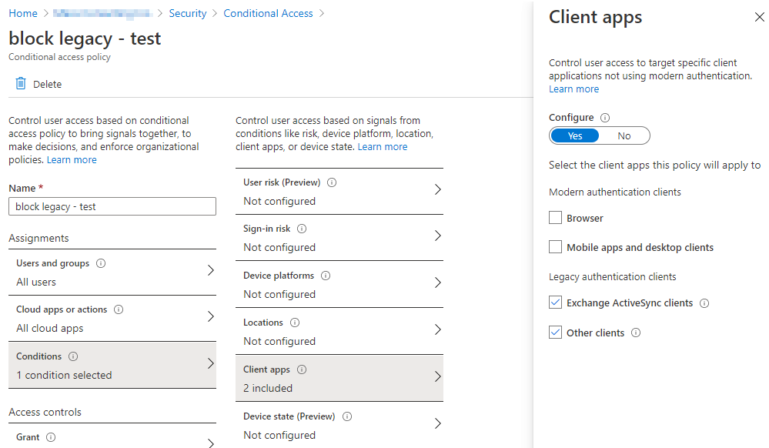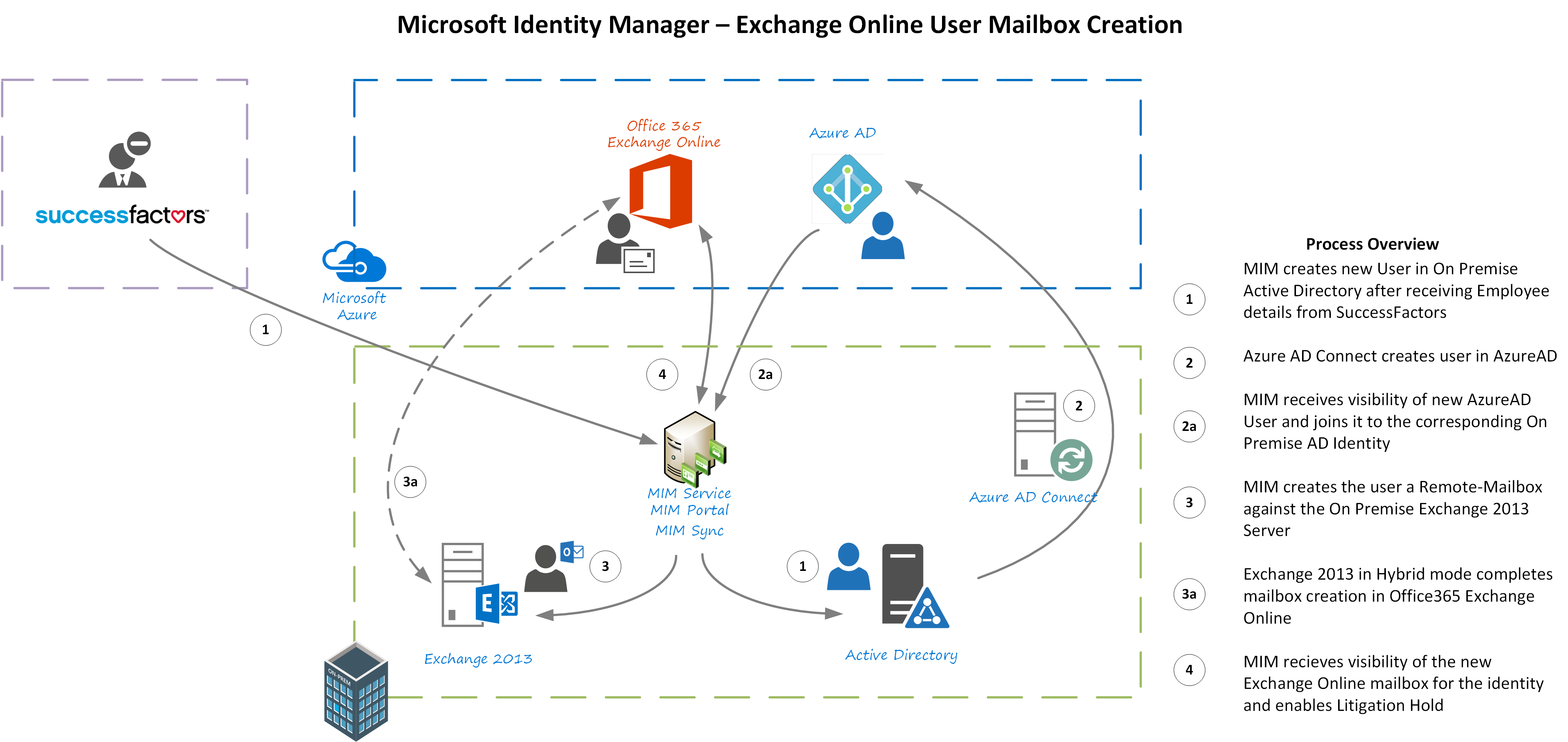

Microsoft believes this shift to Modern Authentication will especially benefit SMBs who are not in a position to maintain a dedicated security team. This move was also supported by data that indicated that customers who had proactively disabled Basic Authentication to opt for something stronger faced a 67% lower cyber incident rate.

This offers stronger protection and enables features like Multifactor Authentication (MFA). Seeing this scenario unfold, Microsoft decided to shift to Modern Authentication, which works on OAuth 2.0 token-based mechanisms. Today, there are 921 password attacks every second, which is almost double the frequency observed in 2021.īesides, there were 19,954 BEC attempts recorded this year with FBI, resulting in losses amounting to around USD 2.4 billion. Thorough research conducted by Microsoft revealed that over 99% of password attacks leveraged the weaknesses of Basic Authentication. Microsoft focused on shutting down Exchange Online Basic Authentication to mitigate the chances of data breaches and email infiltration. They helped millions of users shift to Modern Authentication. However, Microsoft didn’t just leave its Exchange Online users hanging without any other authentication method to fall back on. This policy came into effect on October 01, 2022, for all tenants. Why has Microsoft Shelved Exchange Online Basic Authentication?



 0 kommentar(er)
0 kommentar(er)
